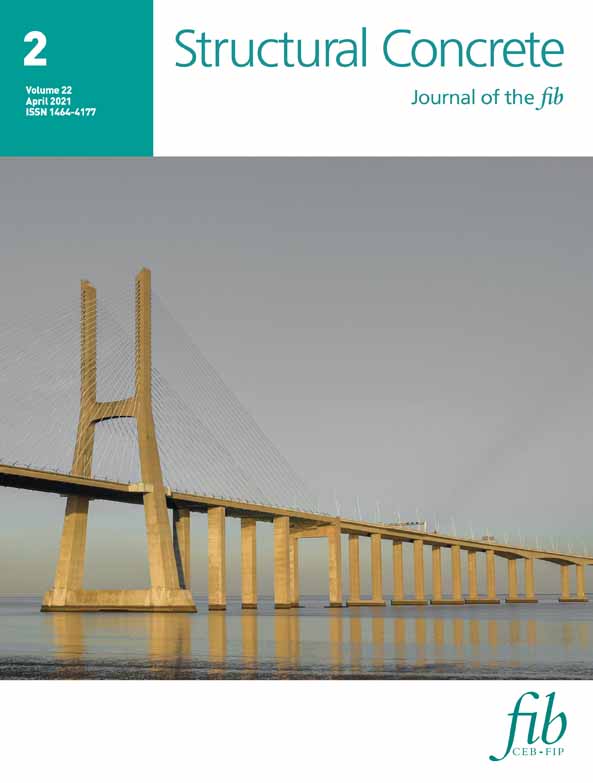Influence of axial tension on the shear strength of RC beams without stirrups
Discussion on this paper must be submitted within two months of the print publication. The discussion will then be published in print, along with the authors’ closure, if any, approximately nine months after the print publication.
Funding information: EDF (Electricité de France), Grant/Award Number: 3682
Abstract
This contribution is addressing the investigation on the effect of axial tension on the shear strength of reinforced concrete beam elements without stirrups. The paper presents the results of a test program of 15 beams without stirrups that differed from each other mainly by the intensity of the axial tensile force N. During the tests, cracking was measured by Digital Image Correlation technique to identify the crack evolution mechanisms. After some consideration on the resisting mechanisms, the experimental results are compared with several code formulas to predict the shear strength VRc. Then an empirical formula is proposed for the variation of VRc between its two limits: the values for N = 0 and for VRc = 0 at the ultimate limit state of axial tension. This formula makes it possible to easily design for shear and tension.
CONFLICT OF INTEREST
The authors declare that they have no conflict of interest.




